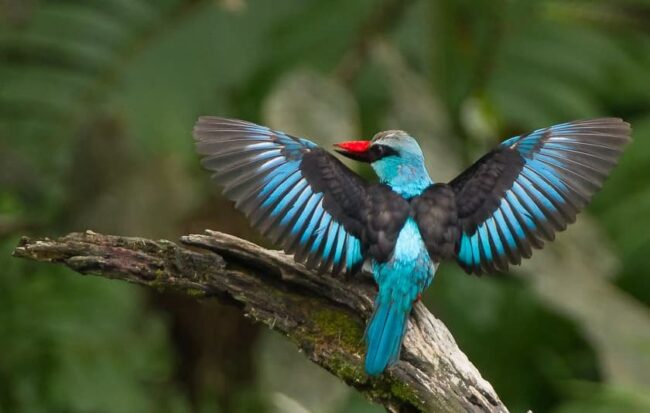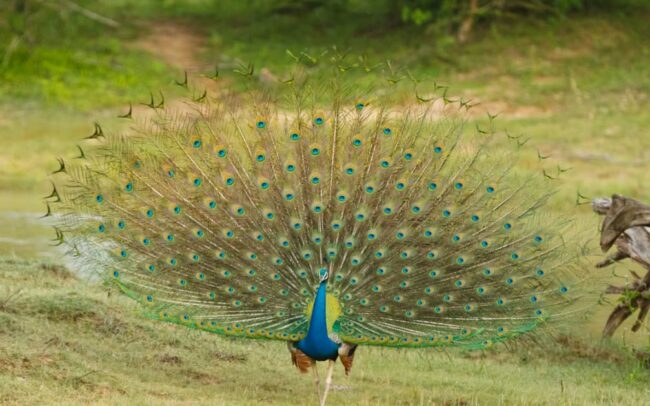Welcome to our blog post dedicated to the Northern Flicker (Colaptes auratus), a captivating woodpecker species known for its unique characteristics and widespread distribution. Join us as we explore the fascinating world of this remarkable bird and uncover its intriguing behaviors and adaptations.
Field Identification
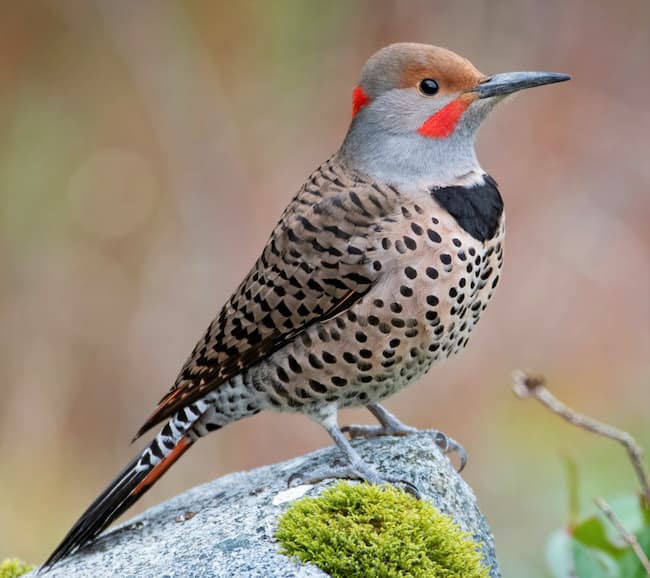
The Northern Flicker is a medium-sized woodpecker with a distinct appearance. It features a brownish body with black bars across its back and wings, a white rump patch, and a prominent black crescent on its chest. The undersides of its wings showcase bright yellow or red coloration, depending on the subspecies.
Systematics History
The Northern Flicker belongs to the family Picidae, which encompasses woodpeckers and their allies. It is classified under the genus Colaptes and is further divided into multiple subspecies, each with unique plumage variations and geographic distributions.
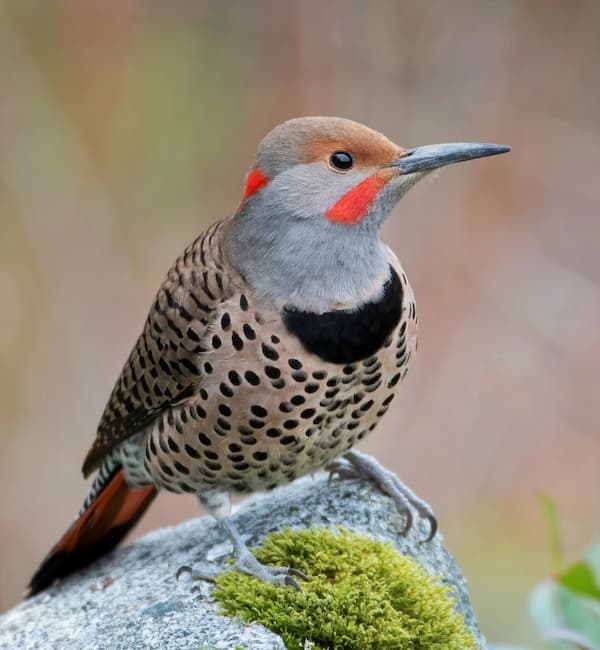
Subspecies
The Northern Flicker exhibits notable variation across its range, with several recognized subspecies. The most commonly known subspecies include the Yellow-shafted Flicker (C. a. auratus) found in eastern North America and the Red-shafted Flicker (C. a. cafer) found in western North America.
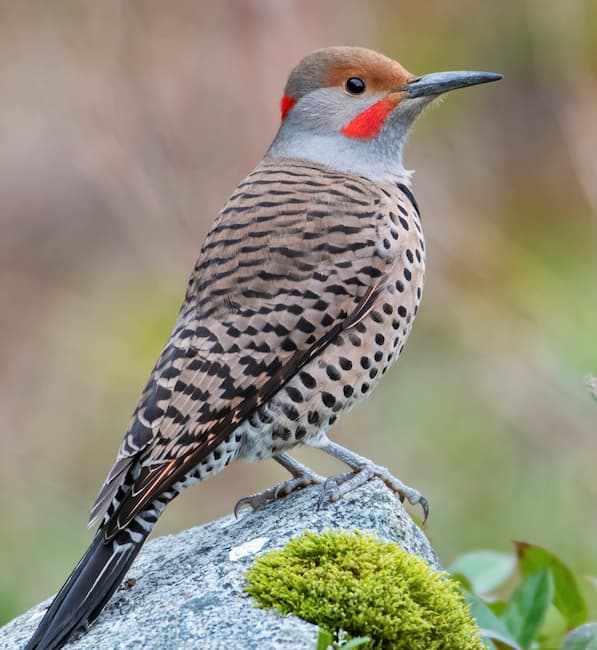
Distribution
Northern Flickers have a vast distribution range, spanning across North America, from Canada and Alaska down to Central America. They can be found in various habitats, including forests, woodlands, grasslands, and urban areas, displaying adaptability to different environments.
Habitat
These woodpeckers occupy a diverse range of habitats, including deciduous forests, coniferous forests, mixed woodlands, and open areas with scattered trees. They are often seen foraging on the ground for ants, beetles, and other insects.
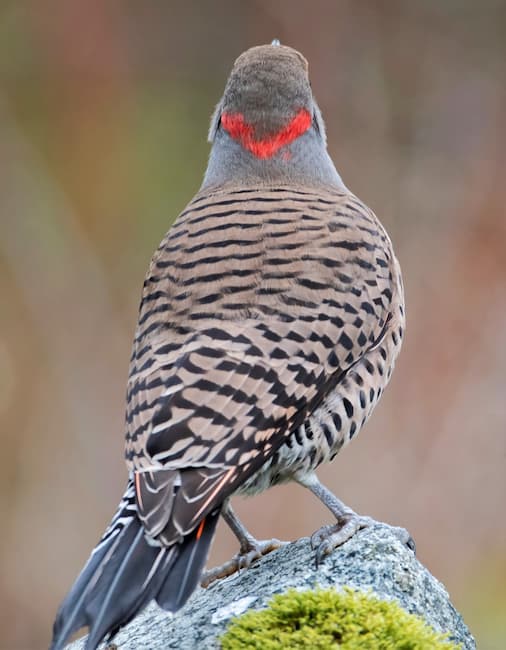
Movement and Behavior
The Northern Flicker exhibits both migratory and non-migratory populations. Migratory individuals undertake seasonal movements, while non-migratory populations reside in their breeding territories year-round. They are primarily diurnal, engaging in activities such as foraging, drumming on trees, and engaging in courtship displays.
Diet and Foraging
The diet of Northern Flickers consists mainly of insects, particularly ants and beetles. They are known for their unique foraging behavior, which includes using their beaks to dig into the ground and tree bark to extract insects. They also consume fruits, berries, and seeds, especially during the winter when insect prey is scarce.
Sounds and Vocalizations
Northern Flickers produce a variety of vocalizations, including a distinctive “wick-a-wick-a-wick” call and a series of rapid drumming sounds. Drumming is a prominent behavior used for territorial defense and attracting mates. Their drumming is distinct from other woodpecker species, as they often drum on metal objects or resonant surfaces to produce loud, reverberating sounds.
Breeding Behavior
During the breeding season, Northern Flickers engage in courtship displays characterized by aerial chases, wing-spread displays, and vocalizations. They excavate nest cavities in trees, sometimes reusing existing cavities or utilizing artificial nest boxes. Both males and females participate in incubating the eggs and raising the young.
Conservation Status
The Northern Flicker is considered a species of least concern on the IUCN Red List due to its large population and widespread distribution. However, habitat loss, pesticide use, and competition for nesting sites with non-native species can still pose localized threats. Conservation efforts focus on preserving suitable habitats and promoting awareness about the importance of woodpeckers in ecosystems.
Frequently Asked Questions (FAQ)
Q1: How can I attract Northern Flickers to my backyard?
A1: To attract Northern Flickers, provide suitable habitat elements such as mature trees, dead or decaying wood for foraging and nesting, and open areas for ground foraging. Installing a nest box specifically designed for woodpeckers may also attract them to your backyard.
Q2: Do Northern Flickers migrate?
A2: Yes, Northern Flickers exhibit migratory behavior in many parts of their range. However, some populations, particularly in the southern regions, are non-migratory and remain in their breeding territories throughout the year.
Q3: How can I differentiate between the Yellow-shafted and Red-shafted Flickers?
A3: The Yellow-shafted Flicker has yellow underwing and tail feathers, whereas the Red-shafted Flicker has red or salmon-colored underwing and tail feathers. The coloration of the nape and mustache stripe also differs between the two subspecies.
Q4: Are Northern Flickers cavity nesters?
A4: Yes, Northern Flickers excavate nest cavities in trees, typically in dead or decaying wood. They may also use existing cavities or nest boxes.
Q5: Can Northern Flickers damage trees when foraging?
A5: Northern Flickers’ foraging behavior can cause some damage to trees, particularly when they excavate holes in search of insects. However, their activities also benefit forests by helping control insect populations.
The Northern Flicker showcases the beauty and diversity of woodpeckers. With its distinct appearance, unique foraging behavior, and diverse vocalizations, this species has captured the attention of birdwatchers and nature enthusiasts worldwide. By understanding and appreciating the Northern Flicker, we can contribute to its conservation and the preservation of its habitats for generations to come.
